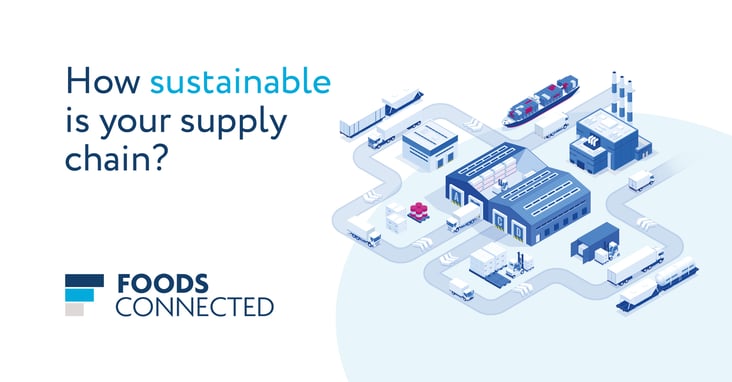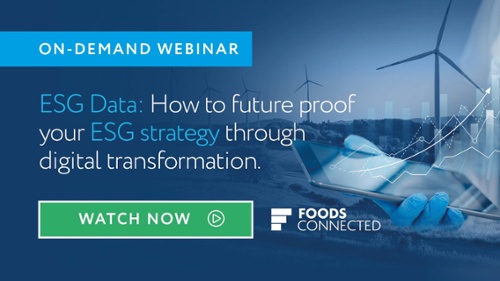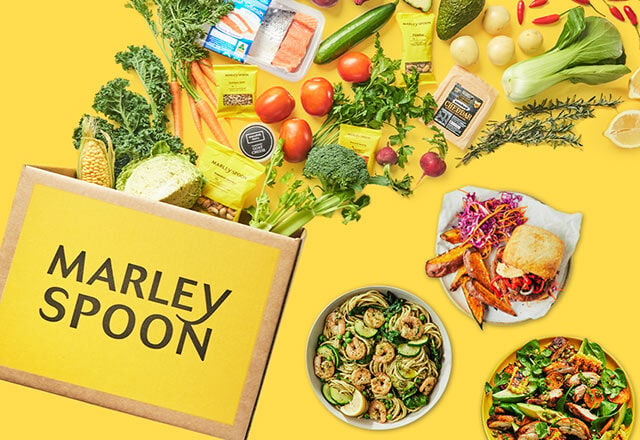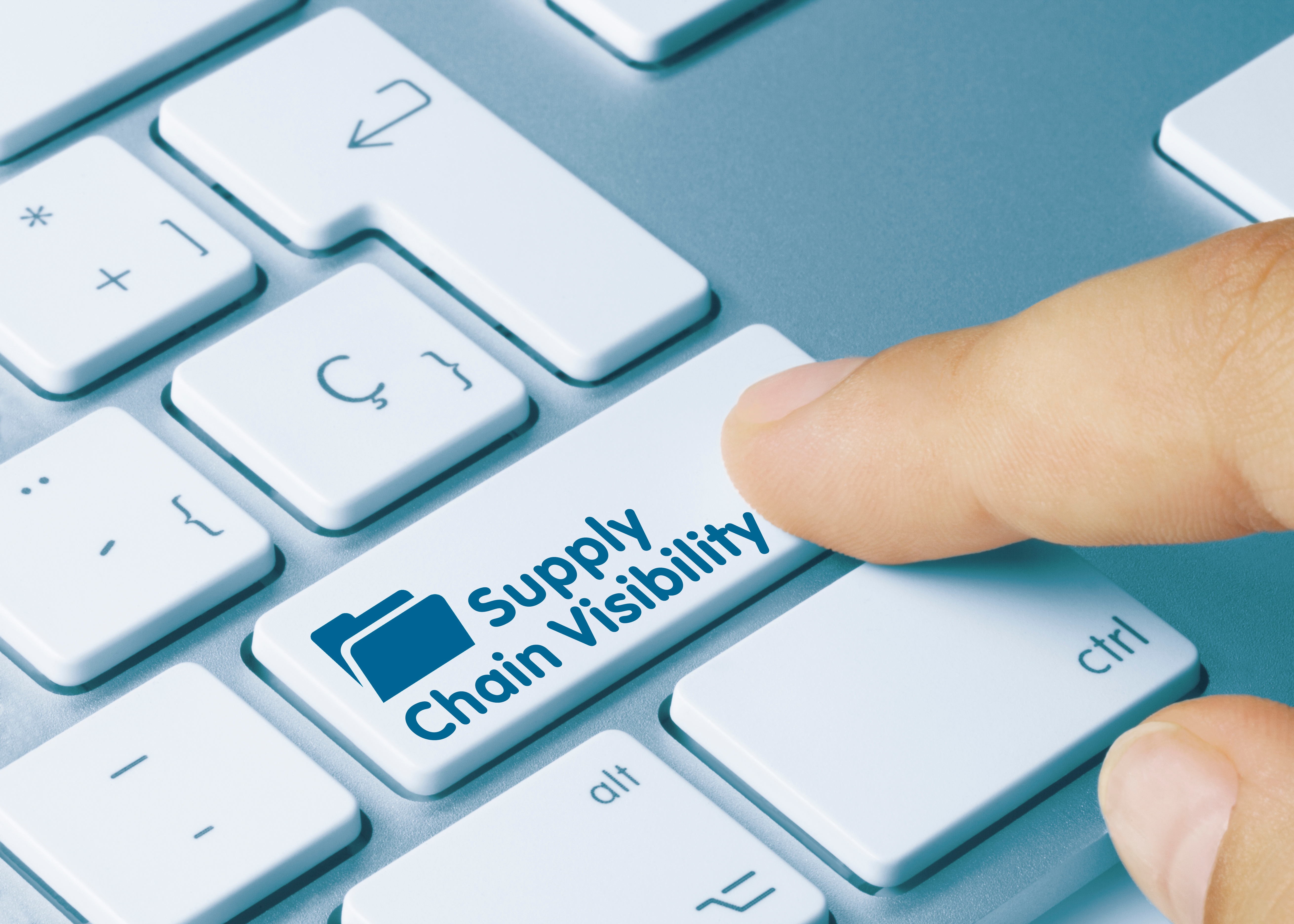
In the last decade we have seen major changes in the food available in our stores- everyday retailers now stocked with exotic ingredients and tropical produce, once considered specialist items. This supply comes with globalisation, supply chains now expanding across multiple continents with more complex infrastructures bringing variety to supermarket shelves.
Although globalisation has its positives - creating greater accessibility - it has swollen supply chains, stretching them further than ever before.
With this expansion, businesses have had to sacrifice a level of visibility and control, making it difficult to manage potential risks. This is especially true when considering sustainability, which is not considered a “cut and dry” issue and has until now been left more open to interpretation, particularly across varying regions globally.
On another level, sustainability and ESG measures have become among the highest priority to consumers, 33% revealing they consider sustainability when making purchases. What is more shocking however is that 1 in 5 supply chain managers admitted that they don’t know how sustainable their products are, highlighting the clear lack of transparency that exists in today’s supply chains, even from those responsible for managing operations.
Understanding the common disconnect that plagues global supply chains, we wanted to explore how businesses can create greater visibility in their operation, with the confidence that their entire network is upholding group sustainability standards.
How To Better Manage Your Supply Chain Sustainability and Reduce Blind Spots
Assess and Communicate Regularly with Suppliers
Improving supply chain sustainability relies on one key undertaking - communicating regularly and candidly with supply networks. In order to have confidence in product sustainability, businesses should check in with suppliers often, closely tracking their progress to ensure they are upholding standards as well as ensuring all documentation, reviews, checks and audits are complete and up to date.
A key part of this communication is clearly translating sustainability standards and expectations, from the outset. Many businesses have introduced supplier code of conduct programmes to ensure standards are understood and that all those within a network are upholding the same level of sustainable practices.
Ensuring suppliers understand the company stance on sustainability is one thing, but one area where businesses often experience difficulty is in tracking progress. As mentioned, with global supply networks, businesses sacrifice a level of visibility and therefore special attention needs to be paid to monitoring supplier activities to ensure not only that they understand expectations, but are compliant and engaging with group sustainability standards. Some methods businesses use currently to monitor supplier sustainability are robust auditing programs, questionnaires and many industry bodies recommend the introduction of supplier scorecards.
These methods although effective, result in hefty document management and admin work which can be burdensome if relying on traditional processes and legacy systems. For this reason, those businesses invested in improving sustainability standards have also implemented modern technology to facilitate effortless tracking and streamlined communications. Digital solutions like Foods Connected are specifically designed to make managing global supply chains simple - centralising all documentation, audits, reviews and checks to generate detailed reports and dashboards for easy assessment and sustained operational improvement.
Map Your Supply Chain and Highlight Potential Risks
Although impossible to mitigate every possible disruption within a supply chain, effective management starts with mapping supply chains, evaluating risk and identifying the suppliers who could be a liability. From this, businesses can build effective contingency plans to reduce negative impacts, making their supply chain more resilient.
Interestingly it was found that only 23% of businesses surveyed had a credible mapping system for their supply chain and those who didn’t admitted as a result they had poor visibility which had led to disruption.
Also, in performing this exercise there is the opportunity to feed this insight back to suppliers, increasing their awareness of potential risks, as well as providing direction and resource where needed.
Make Targets Public
It was reported that 48% of employees believed their organisation was not transparent enough with them or customers on their sustainability.
In order to ensure businesses, stay on track with sustainability initiatives, it’s important to publicise their targets – holding themselves accountable by letting the public and investors know the work they are undertaking to build a transparent and sustainable supply chain.
Working to improve sustainability with the knowledge that you’re under the watch of stakeholders ensures businesses don’t allow standards to slip, both at the lower tiers and at the top. Often when considering sustainability, attentions immediately go to those lower in a chain, but as reported above, it is crucial for those in charge to lead by example and support sustainable practices, translating this to stakeholders.
As well as this, publicising sustainability initiatives has positive brand impacts- consumers more interested in the lifecycle of their products and business values with 85% of consumers more likely to buy from a company with a reputation for sustainability than from a neutral company if their prices were equal. Businesses can leverage their ESG outcomes and activities to drive marketing campaigns, showcasing their commitment to sustainable practices which in turn can improve reputation, customer loyalty and increase profits.
Foods Connected helps businesses build more sustainable supply chains by offering one centralised system to manage, track, view and report on all their ESG initiatives and those of their suppliers.
You can find out more about how Foods Connected and digitisation could transform sustainability in your supply chain by downloading our brief guide here.
Natalie Thorpe
A graduate of Letterkenny Institute of Technology, Natalie studied Visual Communication and Graphic Design. When she's not creating up new designs for company materials and branding, writing, compiling marketing plans or implementing new UX strategies, you'll find her roaming a deserted beach in search of her disappearing dog, or soaking up different cultures on her globetrotting adventures!
Stay up to date
Stay up to date
Browse Posts
- December 2025
- November 2025
- October 2025
- September 2025
- August 2025
- July 2025
- June 2025
- May 2025
- April 2025
- March 2025
- February 2025
- January 2025
- December 2024
- November 2024
- October 2024
- September 2024
- August 2024
- July 2024
- June 2024
- May 2024
- April 2024
- March 2024
- February 2024
- January 2024
- December 2023
- November 2023
- October 2023
- September 2023
- August 2023
- July 2023
- June 2023
- May 2023
- April 2023
- March 2023
- December 2022
- November 2022
- October 2022
- September 2022
- August 2022
- July 2022
- June 2022
- May 2022
- April 2022
- March 2022
- February 2022
- January 2022
- December 2021
- November 2021
- October 2021
- August 2021


/Blog%20Headers/shutterstock_1927957907%20(1).jpg)
/Blog%20Headers/shutterstock_1845178195%20(2).jpg)
/Blog%20Headers/shutterstock_2473376713.jpg)
/Blog%20Headers/shutterstock_2133827717%20(1).jpg)
/Blog%20Headers/shutterstock_2247276303.jpg)
.png)
.png)



/Blog%20Headers/Whitbread%20CS%20Blog%20Header.jpg)
/Blog%20Headers/Blog%20header_Supply%20Chain%20Resilience%20Series_Navigating%20trade%20tensions.jpg)
/Blog%20Headers/shutterstock_1465221002.jpg)

.jpeg)
/Blog%20Headers/Duncan%20Spencer%20Brown.png)



